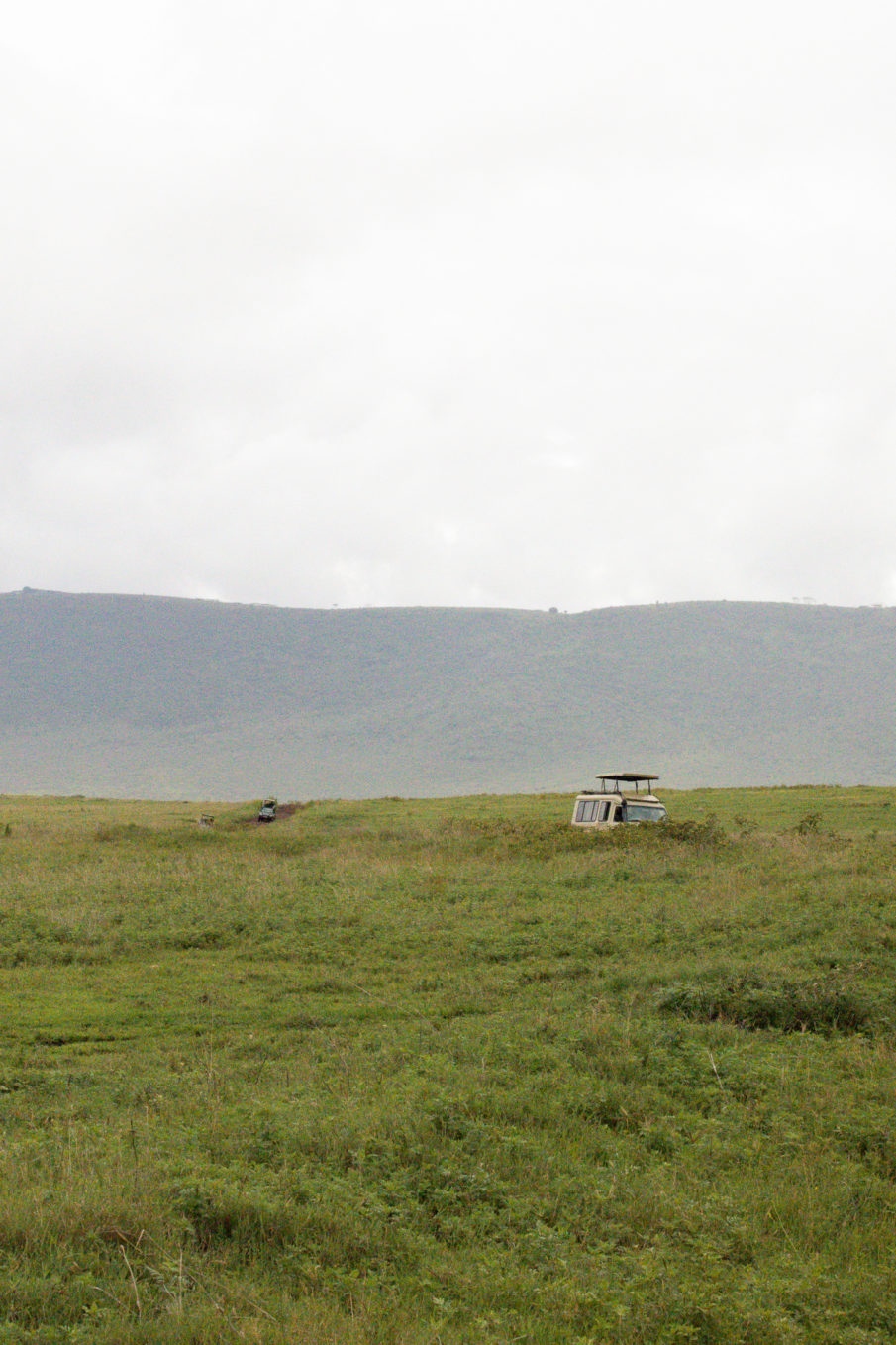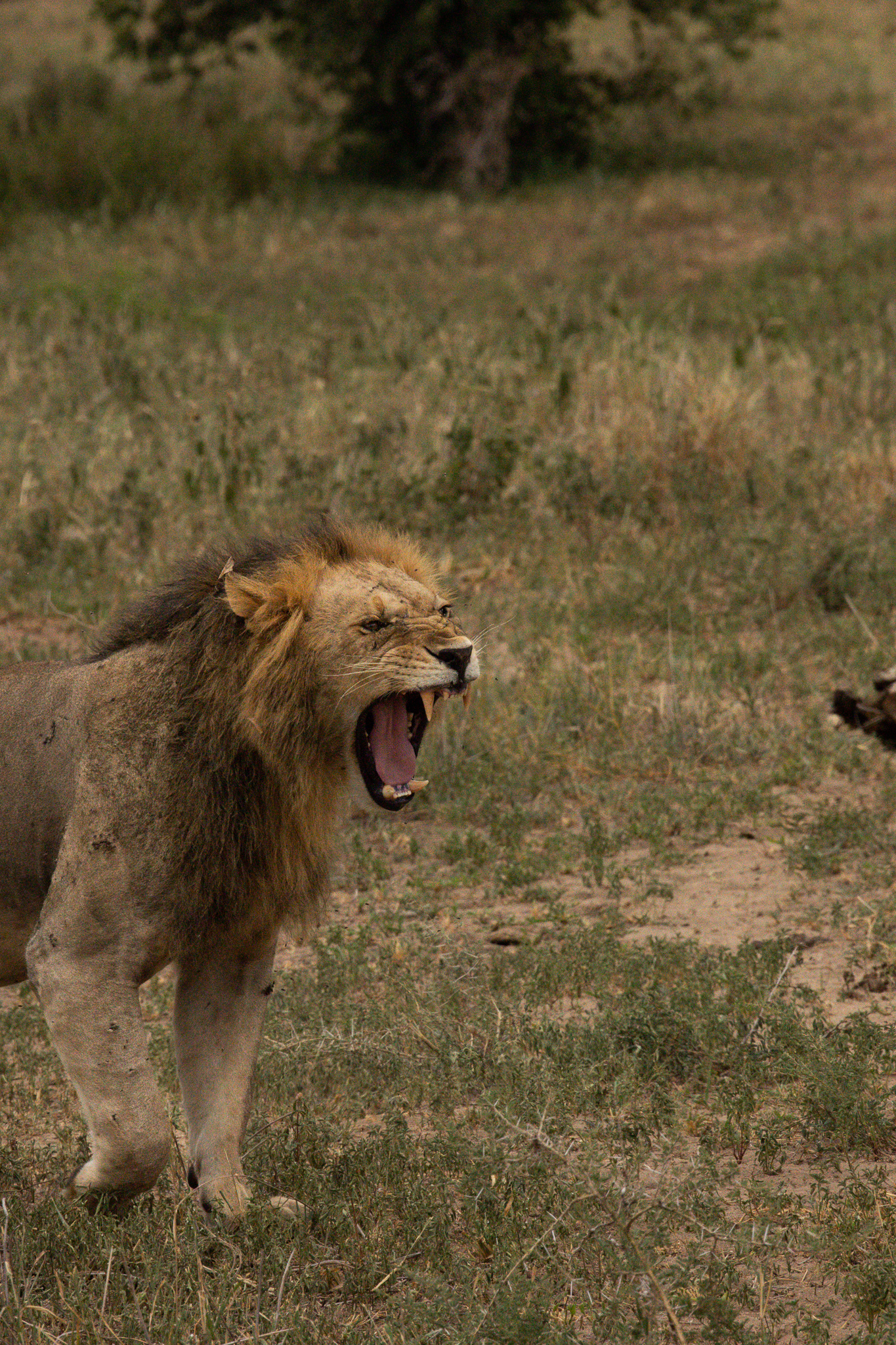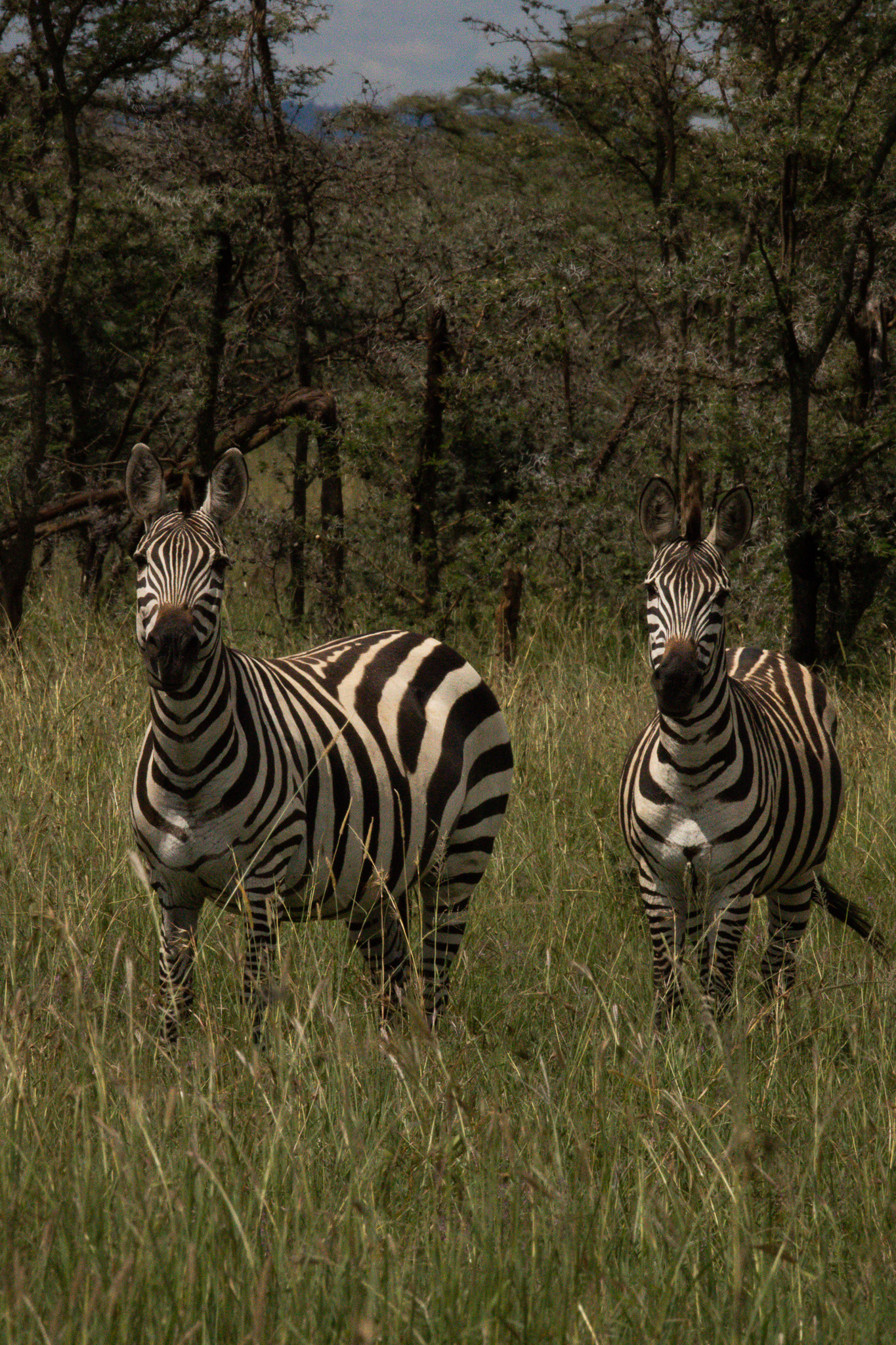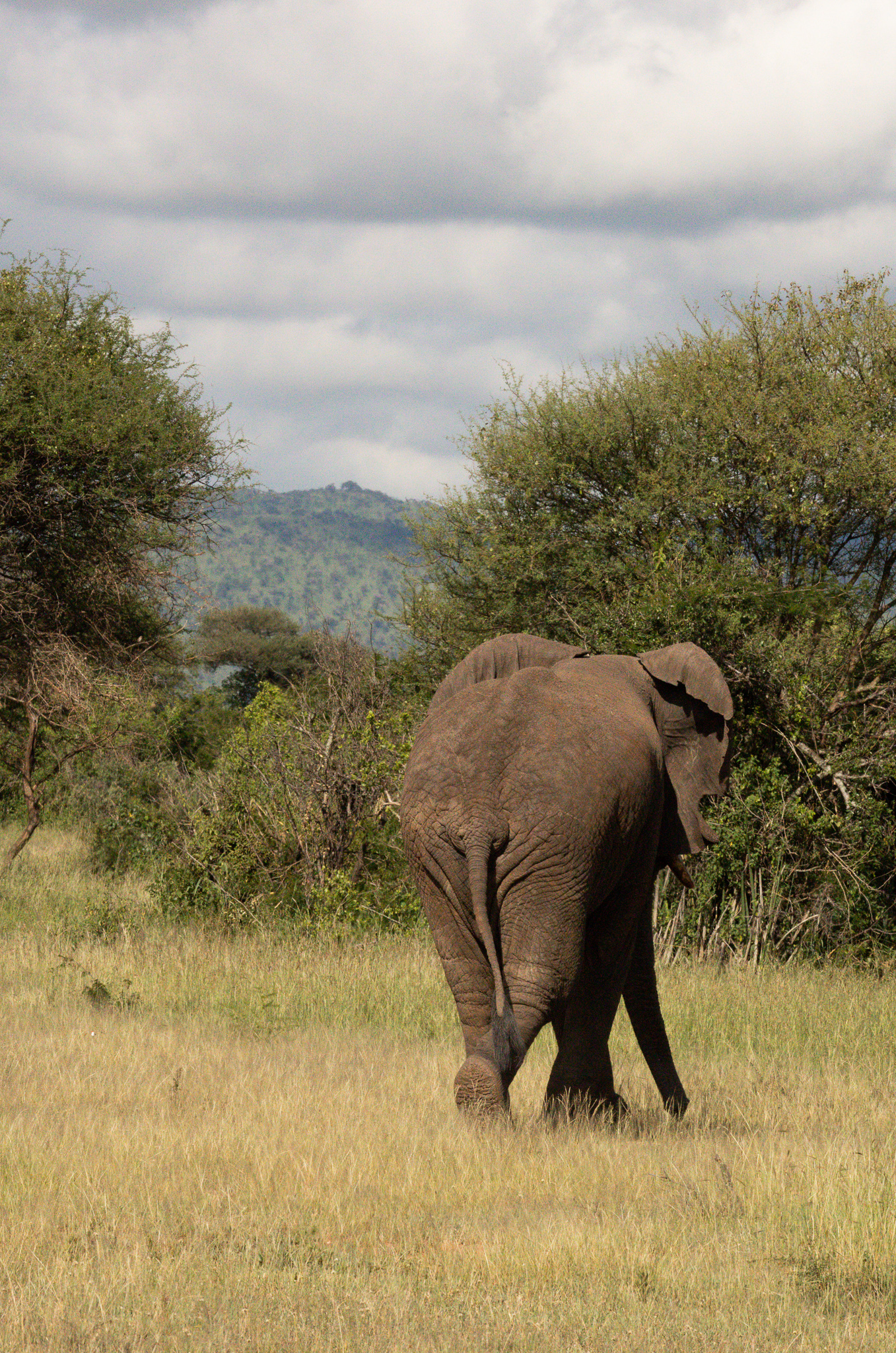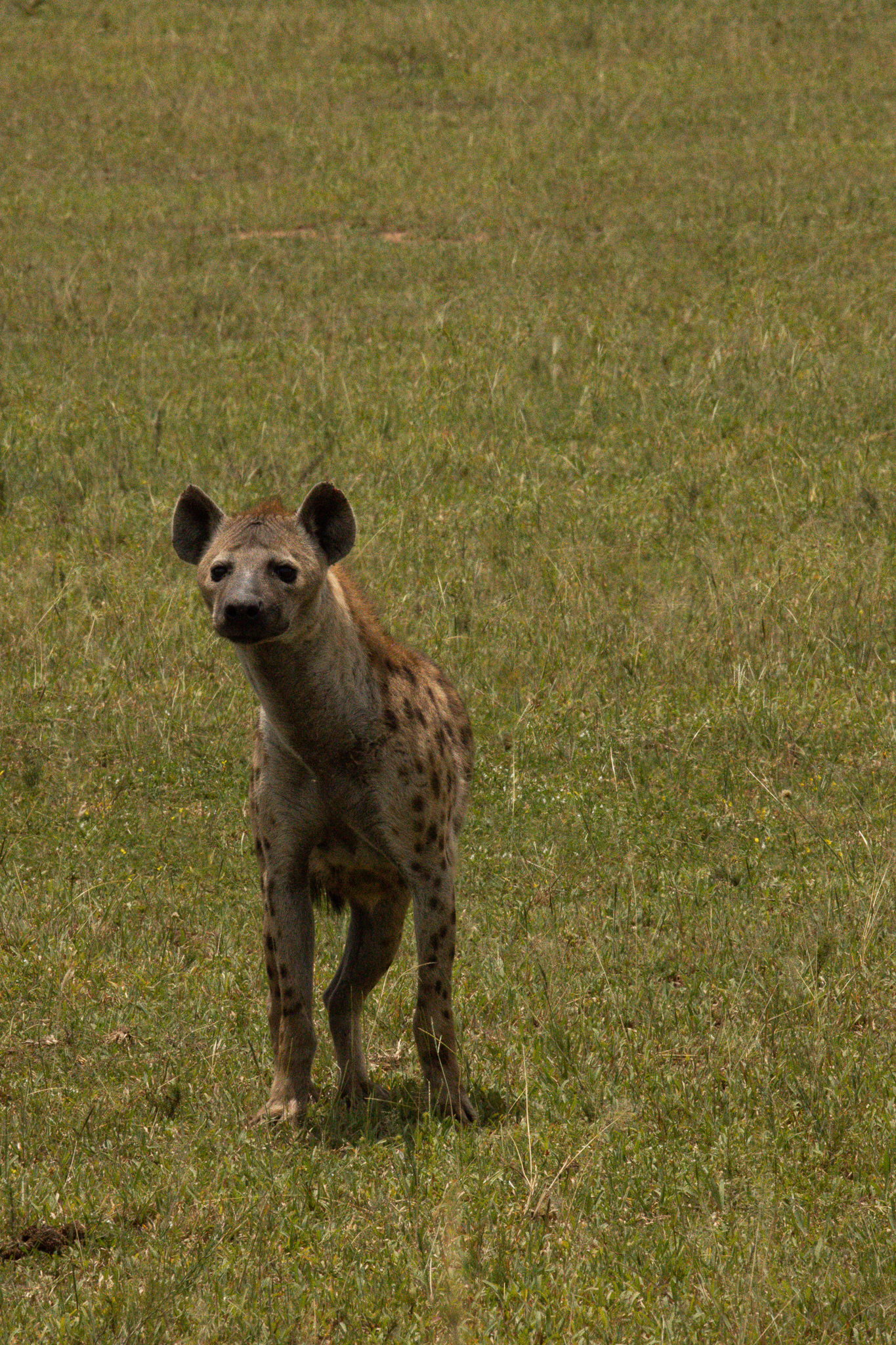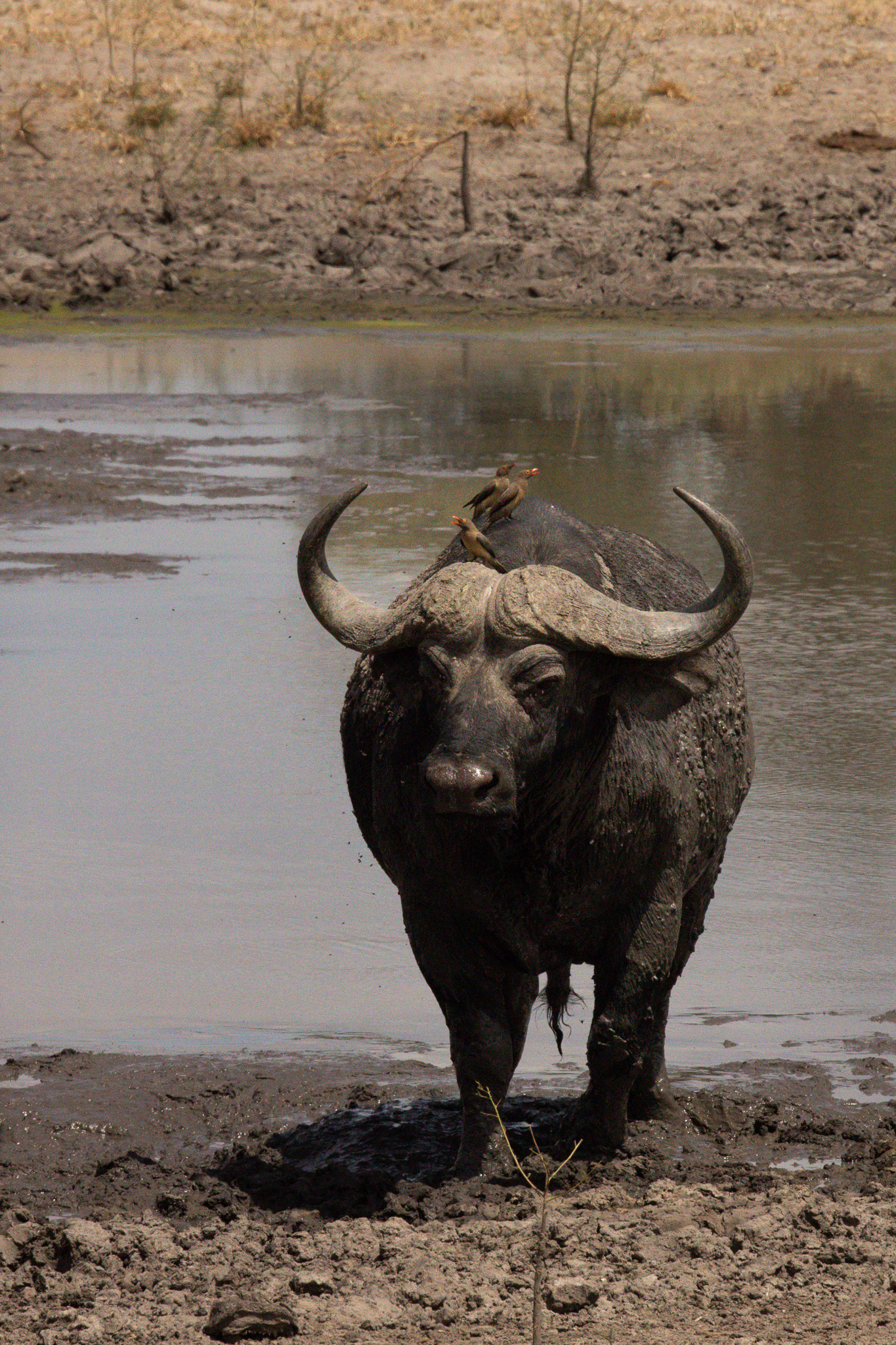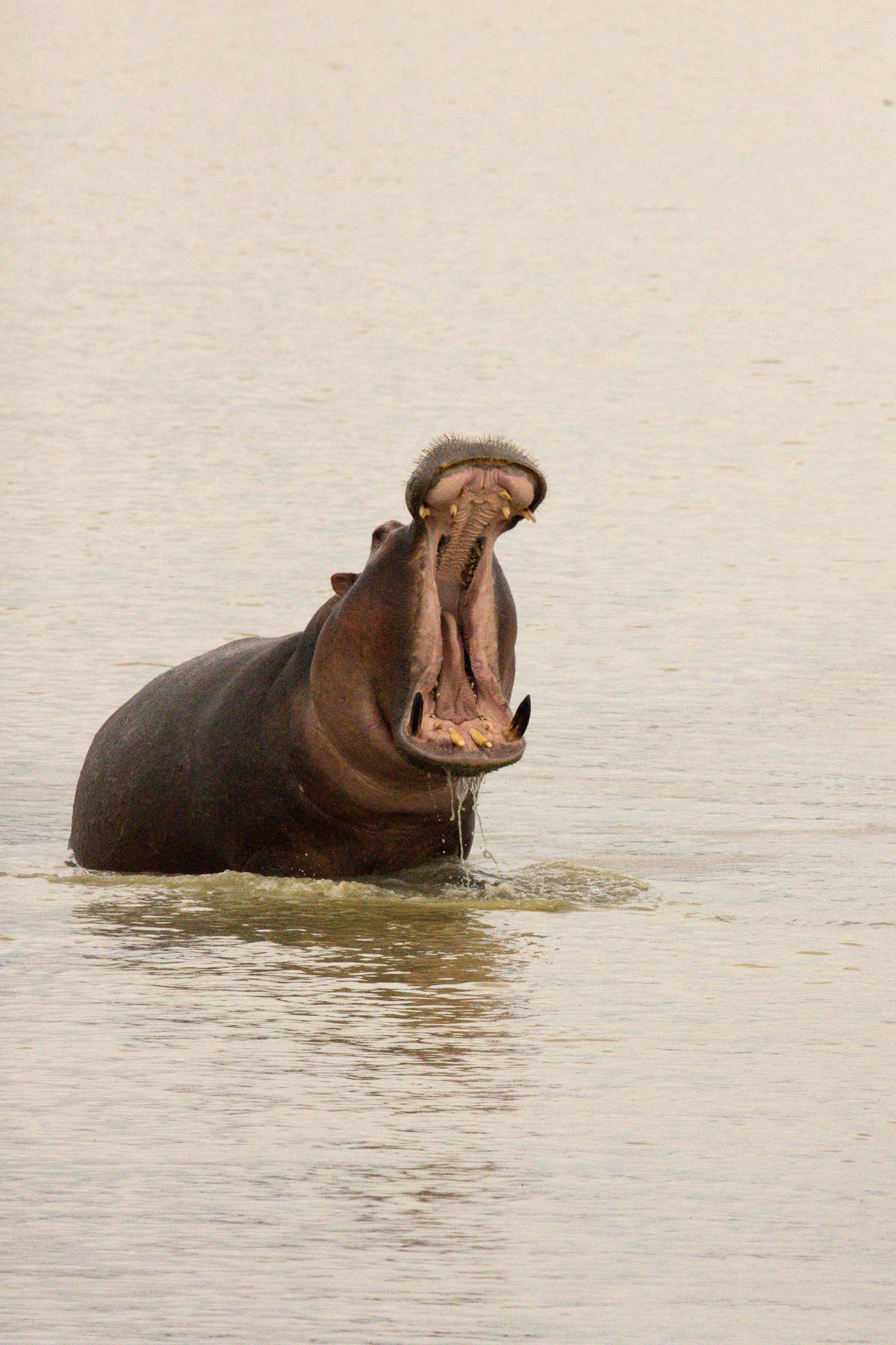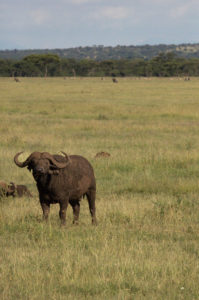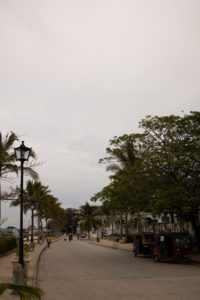Going on a Tanzania Safari is a bucket list trip everyone should try. Tanzania itself is one of the top destinations for wildlife lovers and adventurers looking to experience the natural wonders of Africa. With its vast landscapes, diverse wildlife, and rich cultural heritage, Tanzania has a lot to offer for visitors of all ages and interests. But before you embark on your Tanzania safari adventure, there are some important things you need to know to make the most of your trip.
When to Go on a Tanzania Safari
The best time to go on a Tanzania safari depends on what you want to see and experience.
January to February:
If you want to see newborn animals and green landscapes, then January to February is the ideal time to go. This is the calving season, and you’ll have the opportunity to see lots of baby animals. It’s also a good time to visit if you want to avoid the crowds.
June to October:
The months of June to October are also a good time to visit, as the weather is dry and the animals are easy to spot as they gather around water sources. However, keep in mind that prices can be higher during peak season, and the parks can be crowded.
July to August:
If you want to witness the Great Migration of wildebeest, zebras, and gazelles, the best time to go is between July and September. During this time, the herds of animals move from the Serengeti National Park in Tanzania to the Maasai Mara Reserve in Kenya, and it’s an incredible sight to behold.
Ultimately, the best time to do a safari in Tanzania depends on your preferences and what you want to experience. Be sure to do some research and plan accordingly to make the most of your trip. And, at the end of the day, you can see so many animals no matter what month you visit. Again, we were in Tanzania in March and saw the big 5, the ugly 5, babies and a migration – so you just can never predict!
Where to Go on Your Tanzania Safari:
Tanzania is home to some of the most famous national parks in Africa, including Serengeti National Park, Ngorongoro Crater, Tarangire National Park, and Lake Manyara National Park. Each park offers a unique wildlife experience and scenery, so it’s worth doing some research to decide which parks you want to visit. We will go through a brief overview of each park, but just remember that each park offers so much incredible scenery and animal watching.
Serengeti National Park
The Serengeti is perhaps Tanzania’s most famous park, known for its vast savannahs and the Great Migration of wildebeest, zebras, and gazelles. Visitors can witness one of the world’s most incredible wildlife spectacles as millions of animals move across the plains in search of food and water. The park is also home to a wide range of other animals, including the Big Five. Overall, the Serengeti is a massive national park filled with incredible animals – it truly feels like you are in the middle of the Lion King movie.
Ngorongoro Crater
The Ngorongoro Crater is a UNESCO World Heritage site and one of the most spectacular natural wonders in Tanzania. The crater is a massive caldera formed by a collapsed volcano, and it’s home to a dense population of wildlife, including the Big Five. Visitors can take a game drive through the crater and see an incredible variety of animals in a stunning setting. If you want to see animals continuously and up close, we feel this is the best national park for that.
Tarangire National Park
Tarangire National Park is known for its large herds of elephants and baobab trees, which provide a unique and beautiful landscape. The park is also home to a variety of other animals, including lions, leopards, cheetahs, zebras, giraffes, and more. The Tarangire River runs through the park, attracting wildlife to its banks.
Ruaha National Park
Ruaha National Park is one of Tanzania’s largest parks, and it’s known for its remote location and abundant wildlife. The park is home to lions, leopards, cheetahs, elephants, buffaloes, and many more. Visitors can take a game drive through the park and see a variety of animals in a stunning landscape.
Lake Manyara National Park
Lastly, Lake Manyara National Park is a smaller park known for its flamingos and other birdlife. Visitors can take a game drive through the park and see a variety of animals, including elephants, giraffes, hippos, and more. This national park is the closest to Arusha, so if you are looking for a day trip safari – this is a great location!
What to Expect on a Tanzania Safari:
A Tanzania safari is a once-in-a-lifetime experience, but it’s important to know what to expect before you go. You’ll spend most of your time in a 4×4 vehicle with a knowledgeable guide, who will take you to the best spots for wildlife sightings. Depending on your tour, your vehicle may be outfitted with air conditioning, plugs ins and wifi. However, some vehicles are open doored. For sleeping, you’ll also likely stay in a tented camp or lodge, depending on your budget and preferences. When you book a trip most tour companies will offer different levels of accommodations, so there’s options for every budget and travel style.
Lastly, Tanzania can be hot and dusty, so bring lightweight clothing and a hat, as well as sunscreen and insect repellent. Furthermore, black and blue colors will attract Tsetse flies. Tsetse flies carry a disease, however unlike Malaria, there are currently no pills to take for prevention. We recommend sticking to light and neutral colors to avoid any unwanted fly bites.
Costs of a Tanzania Safari
The cost of a Tanzania safari can vary widely depending on the type of safari, accommodations, and activities you choose. A budget safari can cost around $150-$200 per day, while a luxury safari can cost $1,000 or more per day. Keep in mind that there may be additional costs for park fees, transportation, and tips for guides and staff.
We booked our Tanzania safari with Altezza travel and they covered all costs while on the safari except for tipping. The tour guides were incredibly knowledgable and accommodating of our needs.
Safety While in Tanzania
Tanzania is generally a safe country to visit, but it’s important to take precautions to avoid any potential risks. Stick to reputable tour operators and lodges, and avoid walking alone at night in cities. When booking a tour company, read through all the reviews to ensure the company is reputable. It’s also a good idea to check with your doctor about any necessary vaccinations and medications before your trip.
Overall, a Tanzania safari is an incredible adventure that will leave you with memories that last a lifetime. With the right preparation and planning, you can make the most of your trip and have an unforgettable experience.
Looking for a little relaxation following your safari? Head over to Zanzibar for some beach fun! Our guide to Zanzibar breaks down everything you need to know for trip planing.
